Dancing on the ceiling: Michelangelo’s ‘perverse’ idea
Michelangelo’s bold idea for the Sistine Chapel had dynamic effects on the art world.
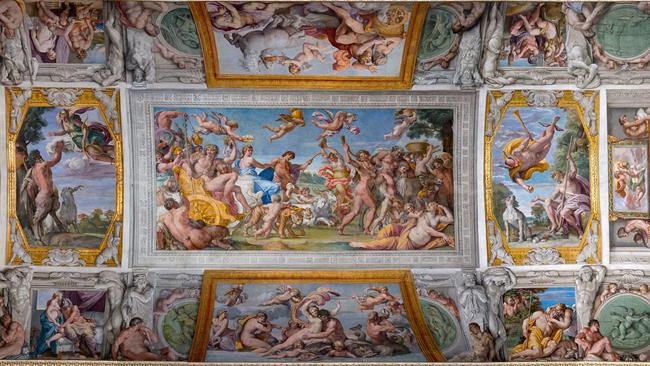
As we saw last week, the bright and energetic world of the early and high Renaissance was darkened and troubled by the many disturbing events of the 16th century, and the field of romantic and erotic experience in particular was overshadowed by the appearance of a dire new venereal disease. Religious anxieties, too, provoked by the Reformation and the collapse of the unity of western Christendom, began to undermine the easy coexistence of religious and humanistic values in the preceding century.
When at last – too late to prevent the split – the Church responded to the criticisms of the Protestants and undertook its own process of Counter-Reformation, art was inevitably going to be subjected to a new kind of scrutiny. Many of the Protestants hated art in general and religious art in particular, and mobs of Protestant zealots, like the early Christians before them or Islamist fanatics more recently, occupied churches and systematically vandalised paintings and sculptures.
The Church never succumbed to such iconoclasm, but the Council of Trent (1545-63), which considered the question of images at its 25th and final session in 1563, laid down new principles for religious painting. They called the eminent Venetian painter Paolo Veronese to testify at this session and explain the many random figures in his massive painting, The Feast in the House of Levi (1573; Venice, Accademia). We can still read the transcript of the session, in which the artist is asked, “Do you think it is appropriate to paint jesters, drunks, Germans, dwarves and profanities of the sort in the Last Supper of Our Lord?”
The council also decreed that “all lasciviousness be avoided; in such way that figures shall not be painted or adorned with a beauty exciting to lust”. Suddenly the ubiquitous nudity of Renaissance art began to provoke alarm and anxiety. Michelangelo was criticised in this new light, particularly for the naked figures that filled the vast wall of the newly completed Last Judgement in the Sistine Chapel (1536-41). Aretino, who is portrayed in a hostile manner in the fresco, complained that he was shocked “as a baptised Christian” at seeing so many naked bodies in a holy place. As Aretino was a longstanding enemy of Michelangelo, and the author of a series of pornographic sonnets, we cannot take his outrage too seriously.
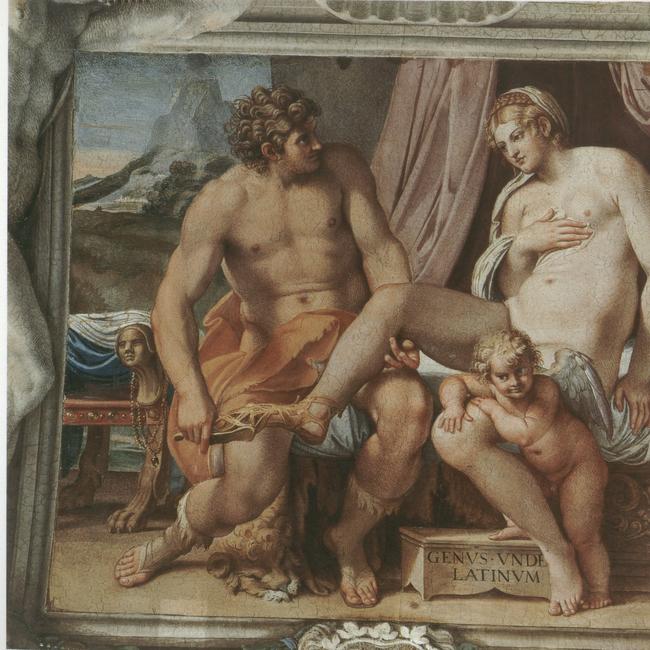
After Michelangelo’s death, one of his pupils, Daniele da Volterra, was employed to paint wisps of drapery over all the offending private parts and excessively prominent buttocks in the great work, as well as entirely repainting the figure of St Blaise, who seemed to be hunching over St Catherine in an inappropriate manner. The unfortunate Daniele was given the mocking nickname Braghettone, “the breeches-maker”, but the general mood of the time had become darker, less joyful and more anxiously puritanical.
It is all the more surprising, then, that the most important masterpiece of Italian art produced in the last decade of the 16th century should be a great ceiling filled with frescoes celebrating the triumph of love in its many different forms.
It is perhaps even more unexpected when we consider that the Palazzo Farnese in Rome, today the French Embassy, was the residence of the papal Farnese family, originally from Parma. The palace had been built by Paul III Farnese, under whom Saint Peter’s was finally completed. It housed part of the family’s vast collection of antiquities, the other part being displayed in their gardens on the Palatine Hill. (All of this collection passed by marriage into the royal family of the Two Sicilies in the 18th century and is now in the Archaeological Museum in Naples.)
By this time, however, Rome was leading Italian culture out of the period we call Mannerism and towards the new assertiveness and energy of the Baroque.
Rome had lost its place as the capital of Italian culture and modern art after the Sack of 1527, but regained that role under the papacy of Sixtus V, who oversaw symbolically important projects such as the erection of the great obelisks in Piazza del Popolo and St Peter’s square, and others that were both symbolically and materially important, such as the restoration of the second of the ancient aqueducts, now known as the Acqua Felice. (Restoration in 1453 of the first aqueduct, the Acqua Vergine, which now comes out at the Trevi Fountain, had been crucial in the earlier rebuilding of Rome.)
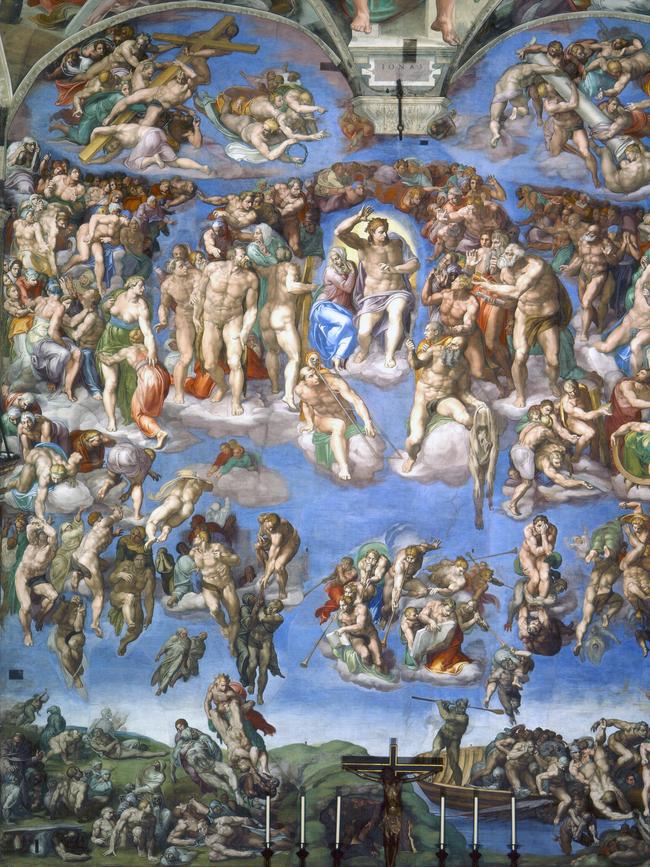
Rome once again started to attract important artists from all over Italy and, by early in the following century, all over Europe. Many came from the north, like Annibale Carracci, who was born in Bologna and whose studio, run with his brother Agostino – already mentioned in connection with the I Modi erotic engravings – and his cousin Ludovico, established a practice of life drawing that would be adopted by the later academic tradition. Broadly speaking, the Carracci were part of what has been called an anti-Mannerist movement (which included Caravaggio), whose guiding principle was the return to a direct study of nature, combined with the study of the best models from antique sculpture and modern painting.
Annibale’s early work was even more naturalistic, especially in subject matter, than that of Caravaggio (the first artist to whom the term naturalist was applied), but he was not content with anecdotal observations of everyday life like the famous Bean-eater (1580s, Galleria Colonna). First he studied the leading modern artists from his own region, especially Correggio, then Titian and the Venetians, and finally arrived in Rome to learn from the masterpieces of Raphael and Michelangelo.
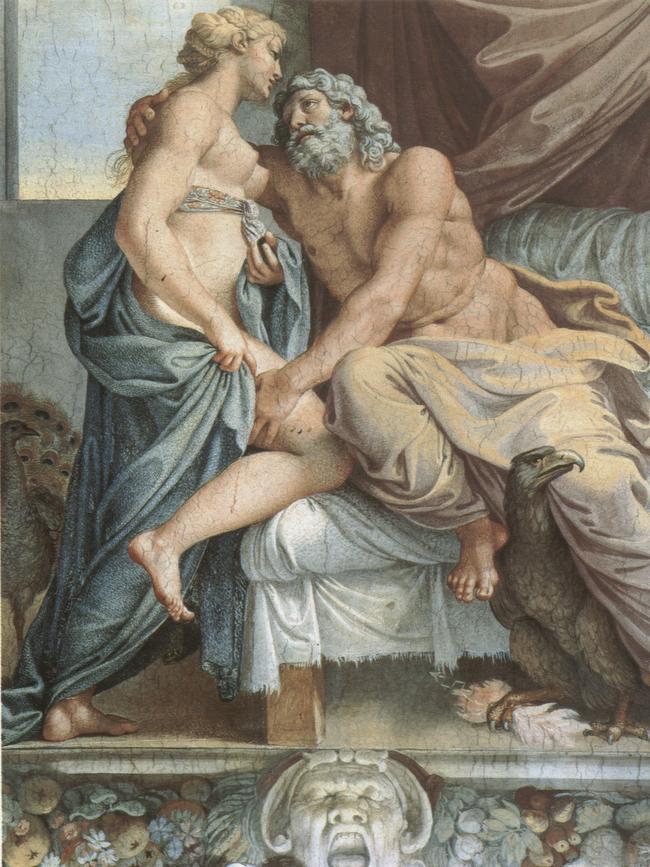
His first work at Palazzo Farnese was a smaller room called, appropriately enough, the Camerino (c. 1595-96). There, he painted frescoes of the stories of Odysseus and Hercules, sometimes in dialogue with ancient statues displayed nearby.
The success of this project led to the commission for the grand gallery of the palace which occupied him and his team from around 1597 to 1608. This became the second most important painted ceiling in the history of art, after the Sistine Chapel, to which it consciously refers, especially in its use of ignudo figures.
But the connection is even deeper: painted ceilings are so prevalent in early modern art that we forget that we owe all of them to Michelangelo’s influence and prestige. Before Michelangelo, frescoes were rarely painted on ceilings, for very good reasons: they are hard for the artist to execute, and hard for visitors to see properly or with any degree of comfort. It was a kind of perverse inspiration on Michelangelo’s part to place his most important subject on the Sistine ceiling; but his example was so powerful, especially when confirmed by Annibale’s emulation at the Palazzo Farnese, that ceiling painting became a staple of the Baroque period.
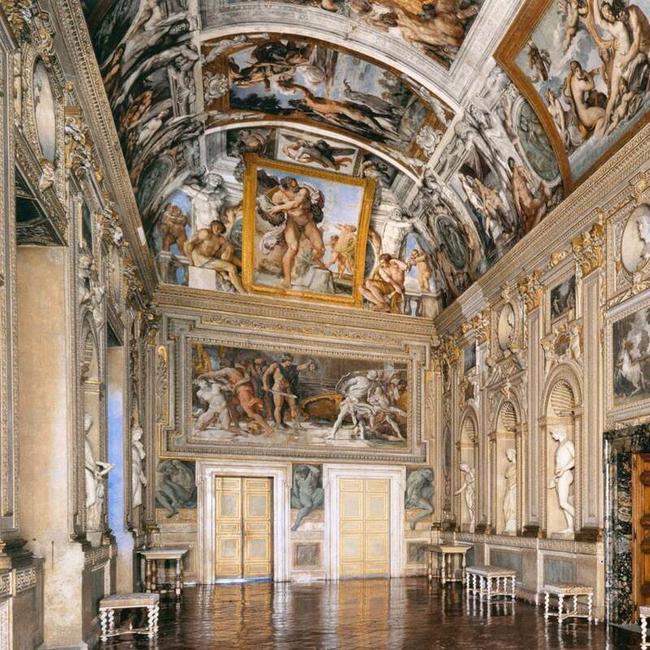
Ceiling paintings presented a problem for Renaissance painters, whose perspective theories generally implied a continuity between the space of the viewer and that of the picture. In practice, there were two approaches: either paint the figures as though in real space above our heads, following the example of Correggio, or paint them as seen straight on and then set these panels in the ceiling. The first of these solutions is called sotto in sù, the second quadro riportato. In the Farnese Gallery, Annibale uses the first solution for the framing figures (illusionistic marble figures as well as ignudi, purporting to be figures of flesh and blood) and the second for the narrative scenes, which are presented as framed paintings.
Thematically, the ceiling represents the power of love, indiscriminately for good or bad, sometimes merely making fools of us and sometimes exercising a determining influence on history. Several important narrative scenes exemplify the point.
One of the most beautiful of these is of Juno coming to Jupiter’s bed – a reference to the episode in Iliad XIV when Hera, who favours the Greeks, goes to bed with Zeus to distract him from aiding the Trojans; she has just had a youthful makeover and is wearing a magical girdle of irresistible desirability. In another, Hercules is shown with Omphale; it is a complex story but the essence of it is that Hercules is besotted by her love to the extent of cross-dressing in her clothes.
The spectacle of the most virile figure in mythology behaving in a preposterously effeminate manner was the occasion, for less decorous northern painters, to indulge in buffoonish humour, but here the point is made more subtly: Hercules is wearing fine silk and plays a tambourine, an instrument only handled by the eunuch priests of the Eastern goddess – a point that would be savoured by the educated viewer but pass literally over the heads of the servants, who would not be disturbed by unconventional or transgressive sexual behaviour.
Another scene shows Anchises undressing the disguised Aphrodite (Venus) before going to bed with her, as described in the Homeric Hymn to Aphrodite; she will bear his son Aeneas, hence the inscription on the footstool, borrowed from the first lines of the Aeneid. Other panels have less familiar stories, while illusionistic bronze medallions add yet more tales of famous lovers. The gallery is framed at each end by what look like massive oil paintings in gold frames, representing the story of Polyphemus. Originally famous as the Cyclops in the Odyssey, Polyphemus was imagined much earlier in his life as a young lover by Theocritus, in Idyll XI, and the story was retold by Ovid.
Here he is shown, at one end, as Theocritus imagines him, finding solace in music for his rejection by the sea-nymph he loves, Galatea; but at the other end, enraged at catching sight of her making love with Acis, he is about to hurl the immense rock which will crush the boy. He was transformed into the river Acis, which today flows underground north of Syracuse and comes out near Acireale. Thus the quest for consolation in unreciprocated love, and the fury of revenge for betrayal, form the two extremes of the gallery’s thematic range.
In the centre, the biggest single composition and one which alone would have taken about a month to paint, as we can infer from the number of daily sections, or giornate, is the triumph of Bacchus and Ariadne. A couple of weeks ago we looked at Titian’s painting of Bacchus’s arrival on Naxos to rescue the abandoned Ariadne. Here, they are drawn in twin chariots by goats in her case and by lynxes, instead of the more usual panthers or leopards, in his. She, like Polyphemus, was once disconsolate and vengeful, but now the pair represent the apotheosis of reciprocated love. An unusual subject, perhaps, for the palace of a celibate prince of the Church, but evidence that the renewed dynamism of the nascent Baroque period has silenced the puritans.


To join the conversation, please log in. Don't have an account? Register
Join the conversation, you are commenting as Logout